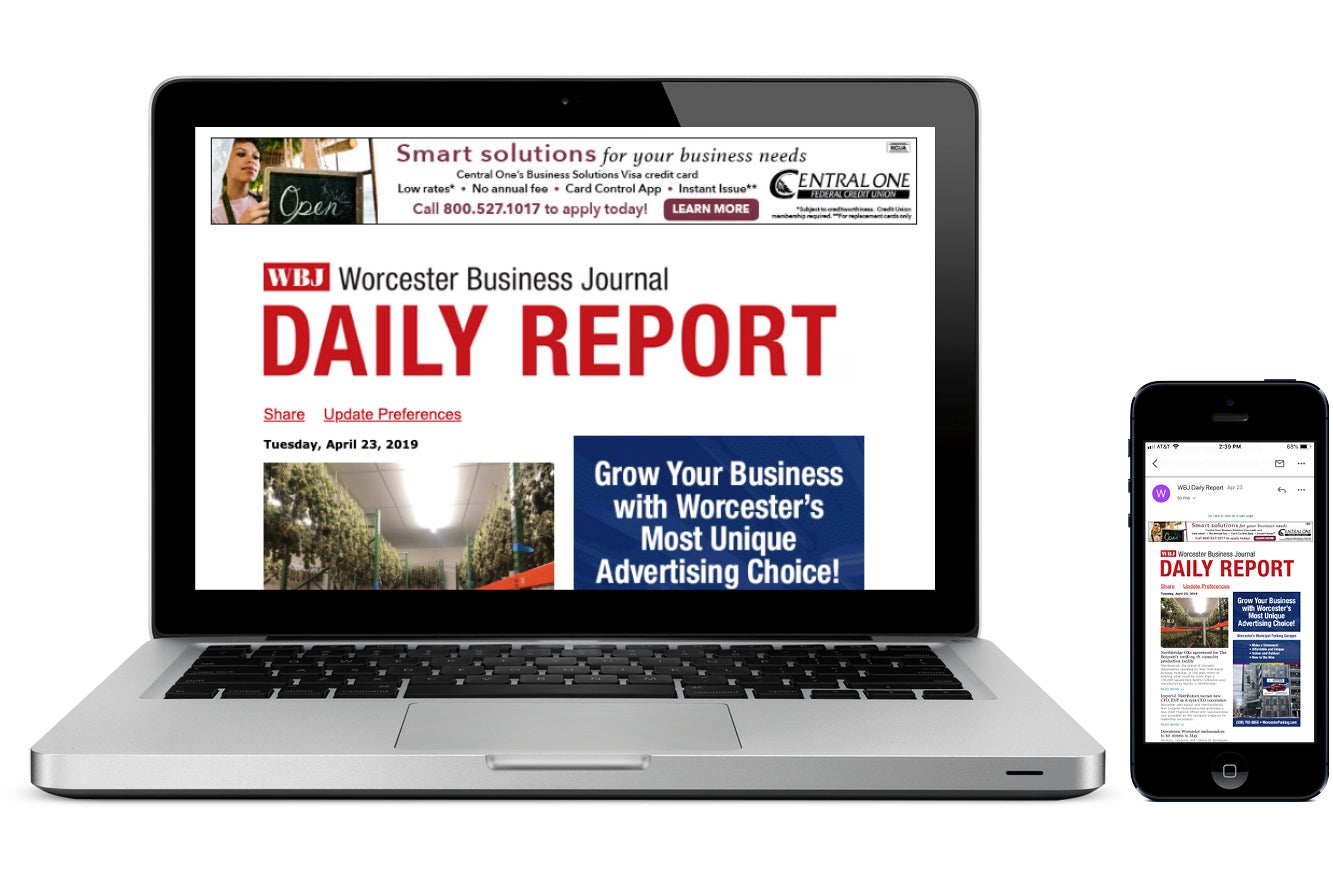Editorial: The clean energy sector deserves our support
Heat pumps have become all the rage in building technology, especially this past year. It’s probably because federal incentives may be going away soon, and the price of the units is likely heading north.
Despite what the name suggests, heat pumps both cool and heat buildings by exchanging the air within a building with an outside source, such as the air, water, or ground. They have a strong track record of using less electricity than central cooling systems and window air conditioners, and they don’t directly burn fossil fuels like furnaces. Shipments of new heat pumps actually surpassed gas furnaces in 2022 as the leading source of heating and cooling systems. That popularity has been supercharged this year, as building owners are now rushing to install heat pumps out of concerns over the impact of tariffs on prices, as well as fears the federal tax incentives will sunset in the new bill being put forth in Washington, D.C., as WBJ Managing Editor Eric Casey reports in his “Cooler & warmer” story.
If the focus is on preserving and growing good jobs, heat pumps are good for the national and regional economies. More than 3.5 million people work in the U.S. clean energy sector, according to a September report released by the nonprofit E2, which advocates for policies jointly beneficial to the economy and the environment. That study relied on 2023 data, which was the first full year under the Inflation Reduction Act, which provided a variety of incentives for clean energy projects. In 2024, companies invested $273 billion in U.S. clean energy, according to a joint study by MIT and New York-based researcher Rhodium Group. Massachusetts is home to more than 100,000 workers employed in the clean energy sector, which contributes $14 billion to the state’s economy, according to the Massachusetts Clean Energy Center.
The version of President Donald Trump’s Big Beautiful Bill passed by the House of Representatives basically does away with clean energy incentives, including those supporting heat pump installation, as well as solar and battery storage, which is the fastest-growing source of electricity in the U.S. Given the damage this will do to thousands of small businesses and jobs, it feels like we’re shooting ourselves in the foot.
The U.S. Senate still has to take up the legislation, and the Senate would be wise to eschew the short-term thinking surrounding Trump’s anti-clean energy wave and consider the long-term impact of scuttling so many initiatives that have helped build this important sector, with the majority of those incentives going to Republican-leaning states. Our country will need to generate enormous amounts of energy over the next couple decades, and supporting clean energy projects is not only good for the economy and job growth, but also our long-term future.
This editorial is the opinion of the WBJ Editorial Board.








0 Comments